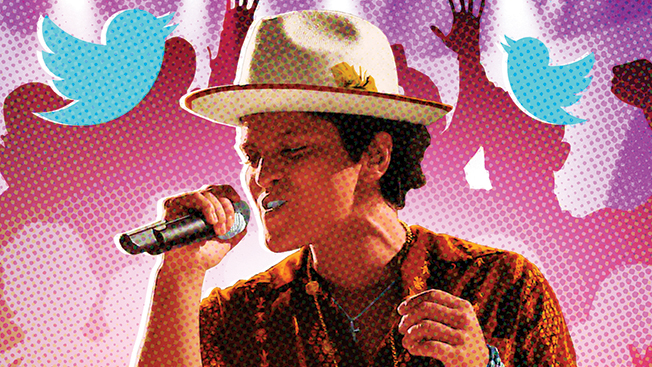Inspiration meets innovation at Brandweek, the ultimate marketing experience. Join industry luminaries, rising talent and strategic experts in Phoenix, Arizona this September 23–26 to assess challenges, develop solutions and create new pathways for growth. Register early to save.
The Super Bowl has long been America’s game and the leader in using spectacle to engage sports fans. As the event has grown in size and grandeur, it has thrilled millions with its glitz, glamour and sizzle. But in 2013, today’s younger audience isn’t drawn toward ’80s extravagance nor influenced by many traditional marketing tactics.
I believe the Super Bowl brand could use a “less is more” approach to effectively engage modern American sports fans. As we start to gear up for the 2014 game, we should look to see how the larger-than-life event will balance excess (tickets are rumored to carry up to a $2,600 price tag) with more intimate connections on social media. Can National Football League marketers find ways to humanize the Super Bowl to make it relatable to millennial fans?
According to a recent study I conducted on millennial attitudes toward celebrity and brands, authenticity is valued far more than excess—and the theme of excess has certainly been escalating at the Super Bowl since Michael Jackson moonwalked through a cloud of smoke in the early ’90s. The Super Bowl brand needs to foster loyalty from a budding new breed of sports fans inundated with more sports media options than ever before, as extreme sports, UFC, Nascar, WWE and soccer soar in popularity. There’s a strong indicator NFL marketers understand the importance of offering a more intimate experience: halftime 2014.
When the NFL announced Bruno Mars as the 2014 Super Bowl halftime performer, many questioned the decision. While Mars has quickly risen to fame, selling 10 million albums in his three-year singing career, he isn’t, by any stretch of the imagination, a bona fide superstar like Super Bowl alumni Beyoncé, Prince and Madonna. Mars marks a huge departure from those bigger, flashier acts of the past. He’s a safe, nonpolarizing choice who doesn’t generate strong feelings one way or the other. In fact, only 29 percent of U.S. millennials say they like that he’s performing at the Super Bowl, while a whopping 54 percent say they don’t care.
Despite the lukewarm sentiment, I believe Mars is a clever choice for Super Bowl XLVIII. Apart from the fact that he’s an amazing live act, Mars is flawed and real. He will engage fans by providing a more intimate experience than the plethora of manufactured artists who have reached the height of celebrity and who feel less relatable to the American public.
The dynamics of his celebrity relate to a wide range of millennials. His Puerto Rican, Jewish and Filipino heritage, combined with his upbringing in Hawaii, could also contribute to the fact he scores up to 20 percent higher in rankings of authenticity and honesty with America’s most diverse generation. And Mars’ fun, carefree songs, including “Just the Way You Are” and “Billionaire,” significantly appeal to the uber-optimistic attitude of millennials.
Much like Mars—who openly pays homage to artists who have come before him, like Presley and Hendrix—millennials have great respect for their elders. Add to this his widely appealing musical, vocal and choreography influences from the ’70s and ’80s, not to mention his affinity for tattoos (four in 10 millennials have at least one tattoo), and Mars is quite the sexy and strategic choice to lead the Super Bowl’s evolution as a more accessible and human brand. Even his 2010 arrest in Las Vegas for cocaine possession hasn’t tarnished his popularity—his quick admission to being “foolish” was seen as further increasing his brand’s authenticity.
As a backdrop to this, the NFL is upping its digital presence to create a more interactive fan experience. It recently announced a partnership with Amplify to tweet and embed videos via Twitter. The Bruno Mars team will certainly make the most of the Amplify play and leverage social to drive eyeballs to his halftime performance—an effort that will further help humanize the year’s biggest media event.
The age of holding star performers high up on pedestals is over. By putting fans at the center of the act, the Super Bowl brand shows us why it’s so damn super and poised to win big in 2014.
Jeetendr Sehdev (@jeetendrsehdev) is a celebrity branding authority and author of the upcoming book Superstar: The Art & Science of Celebrity Branding.








